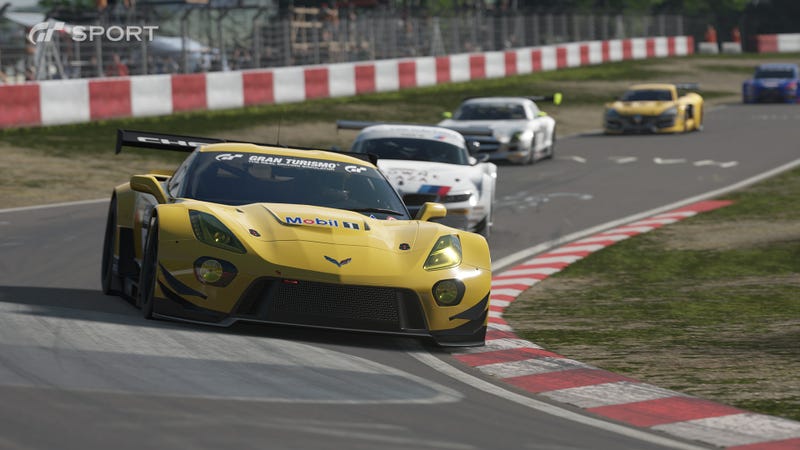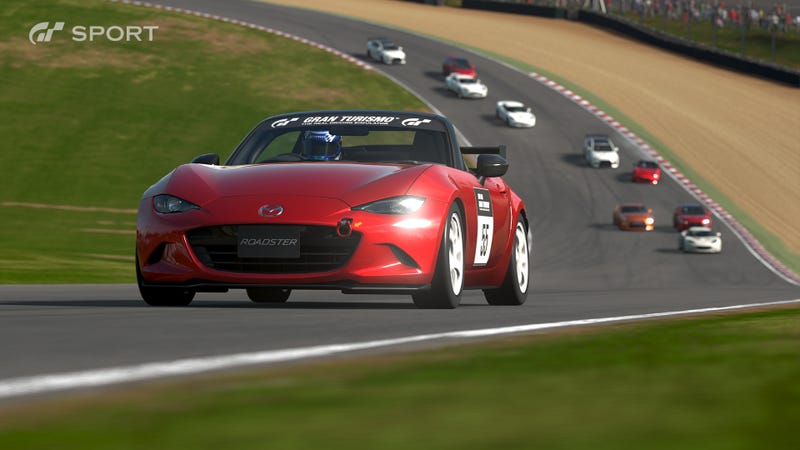Let's take a look at the impact of Blizzard game: The Lost Vikings
The Lost Vikings (1992)
Three’s company
System requirements: DOS 3.1, Intel 80386SX CPU, 640KB RAM
The Lost Vikings wasn’t the start of Blizzard as a company, but it was the first game Blizzard released on PC. Blizzard was still called Silicon & Synapse for its first three games, and it wasn’t until Warcraft: Orcs & Humans that the company really went all-in on developing for the PC, though Lost vikings helped lay the groundwork for that. The game’s levels were created using a program called CED, a cell editor made by CEO Mike Morhaime that Blizzard used to lay out levels, which later went on to be the basis of the Warcraft and StarCraft map editor. Take a quick look at funny pictures with captions that can help you reduce stress quickly.
Blizzard was also hired by Interplay Productions to create a scripting engine for developing platformers, which it then used for nearly all of its SNES games. But Morhaime recalled to us that Blizzard got much more use out of it than Interplay. “I think in the amount of time we did all those games, maybe they did one or two,” Morhaime said. “We were a lot faster with it.” But having a larger company help fund their engine development boosted the still relatively small team, at that point only a dozen or so people total.
Even if the studio wasn’t under a different name at the time, it would be easy to forget that Blizzard made The Lost Vikings. Its sequel in 1997 was the last platformer the studio ever made, and I only realized the connection when the game’s bumblingly heroic trio was resurrected for Heroes of the Storm. But even this early on, you can see traces of that distinct Blizzard style peek through. The bright colors and exaggerated proportions would let its characters fit right in with the Warcraft series, and the contrast of ye olden swords and shields with a sci-fi setting is oddly prophetic of Blizzard’s future ventures.
Samwise Didier, art director of Blizzard, in Blizzard 20th anniversary video
“When I started on Lost Vikings, there were about 100 vikings you could control. Some that would raise up ladders, some that would throw torches, all that sort of thing. It was very PC game oriented. … We decided to make it a little more friendly for the Super Nintendo, so we dropped it down to five characters, then to four, then to three.” Check out my list of fun, weird and just plain amazing fact of life I have found.
Michael Morhaime, in a Blizzard Insider interview:
"I think we learned some important design lessons that have become sort of part of the Blizzard culture now. Everyone at the company played The Lost Vikings over and over to help test and polish it. We saw what a huge impact that such attention to detail had on the game. We also learned that the people who program and design a game aren't the best judges of how difficult it is to play; they know the game too well. We had to constantly bring new people in and watch them play, especially with the early levels, to make sure they weren't too hard. Working on Vikings helped us remember the big picture: that a game, first and foremost, should be fun to play…that it should feel good and look good. The Lost Vikings was also our first attempt at adding a bit of humor to a game. We wanted each Viking to have some charm, so we came up with funny animations and interesting dialogue to give each character his own unique personality. By the time Warcraft II came along, we had refined the concept a little more, but Blizzard's first attempts at humor began with The Lost Vikings." Would you like to get app, device and game reviews?









